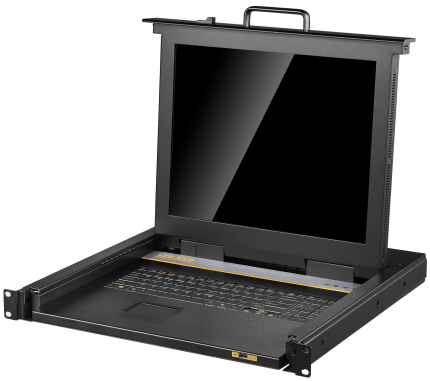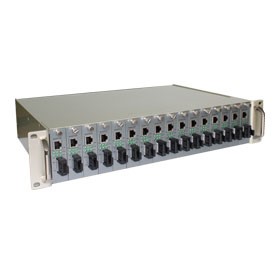Description
Overview
GAOTek Rackmount PDU Power Strips are devices fitted with multiple outputs designed to distribute electric power, especially to racks of computers and networking equipment located within data centers which face challenges in power protection and management solutions. It supports the data centers which rely on PDU monitoring to improve efficiency, uptime, and growth. They are simple and inexpensive devices with multiple functions including power filtering, intelligent load balancing, and remote monitoring. Also, they offer capabilities such as power metering at the inlet/outlet/PDU branch circuit level and support for environment sensors.
Features
- PDU Power Strips help in balancing facility infrastructure costs, including power distribution units.
- Inexpensive basic rack mount PDUs that distribute power effectively.
- Power Strips are Metered, switched and smart PDUs which offer incrementally more advanced tools for monitoring.
- Supports managing the power feed to each rack and piece of equipment.
- It is easy to install and not too large on the racks.
Technical Specifications
| Material | Un-inflammable PC module, aluminium shell |
| Configuration | 8x IEC C19 sockets |
| Type/Size | Horizontal type, 1.0U |
| Rated Current | 10 A |
| Rated Voltage | 250 V |
| Cable | 3G 0.06 in (1.5 mm)
23.84 yards (2 1.8 m) power cord |
| Plug | IEC320 C20 |
| Grounding | Standard Grounding |
| Standard Approval | CE, ROHS, SAA |
Additional Information
Installation Requirements
- The PDU power strip is installed on the standard dimensions of 19″ cabinets.
- Try to ensure the installation location’s aeration drying for the PDU.
- The distance of the PDU and the surrounding equipments should be ensured to be over 1.97 in (5 cm).
- The usual mounting positions are the front, the top and the bottom of the cabinet or the rear, the top and the bottom of the cabinet.
- These positions should be installed in the principle of being convenient in operation and exquisite in the outlook.
Method of Installation




